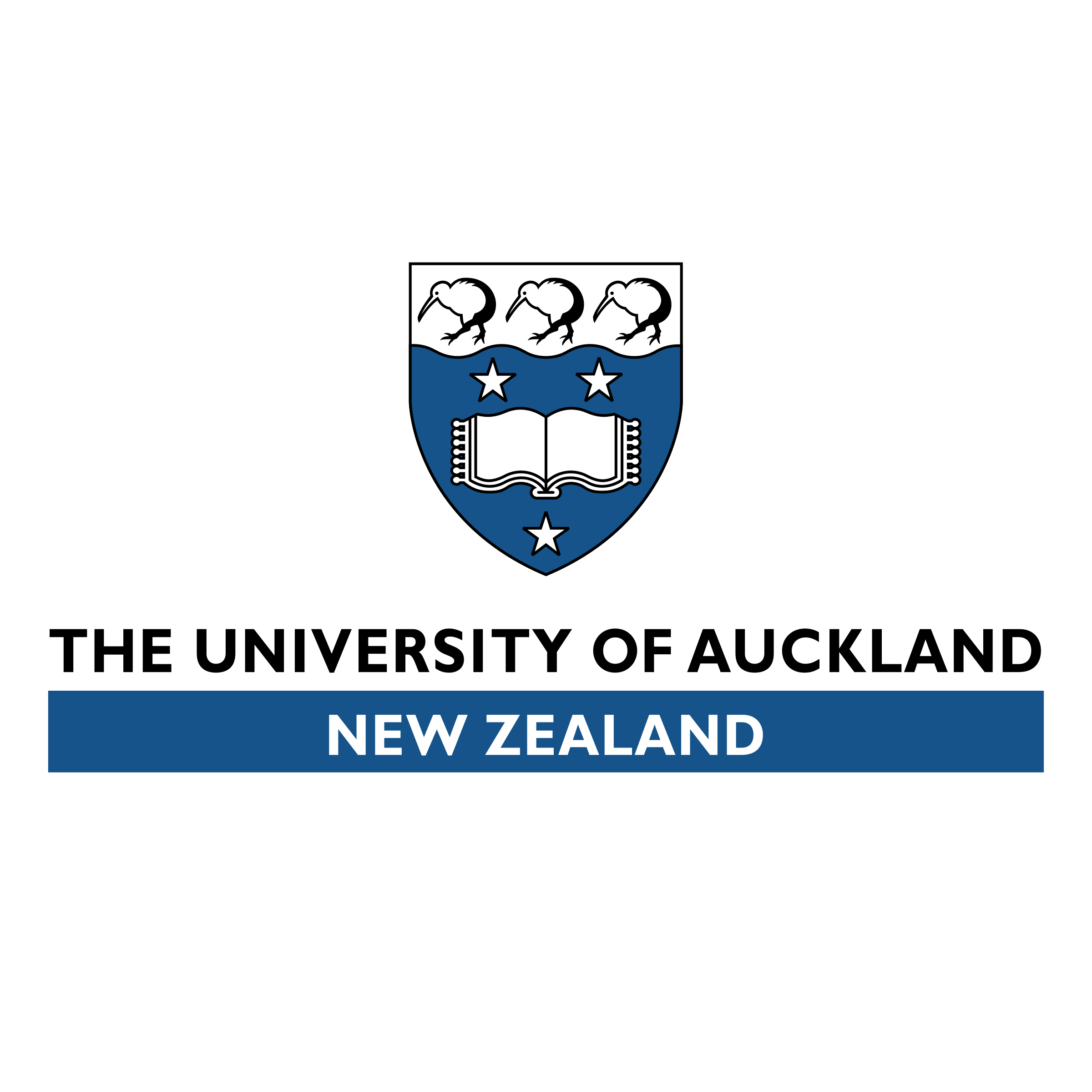Hi I'm Jesse
I'm a robotics engineer with an interest in computer vision and machine learning. My research has focussed on beyond-vision sensing problems that look at capturing and understanding the world that is hidden from us, and bringing it into a space we can comprehend. The projects I've completed have focussed on the setup of cameras in a known setup, which from my experience has made combining different imaging sensors and estimating shape so much easier. I'm now interested in decoding the information that is hidden amongst pixels through machine learning and deep learning.




